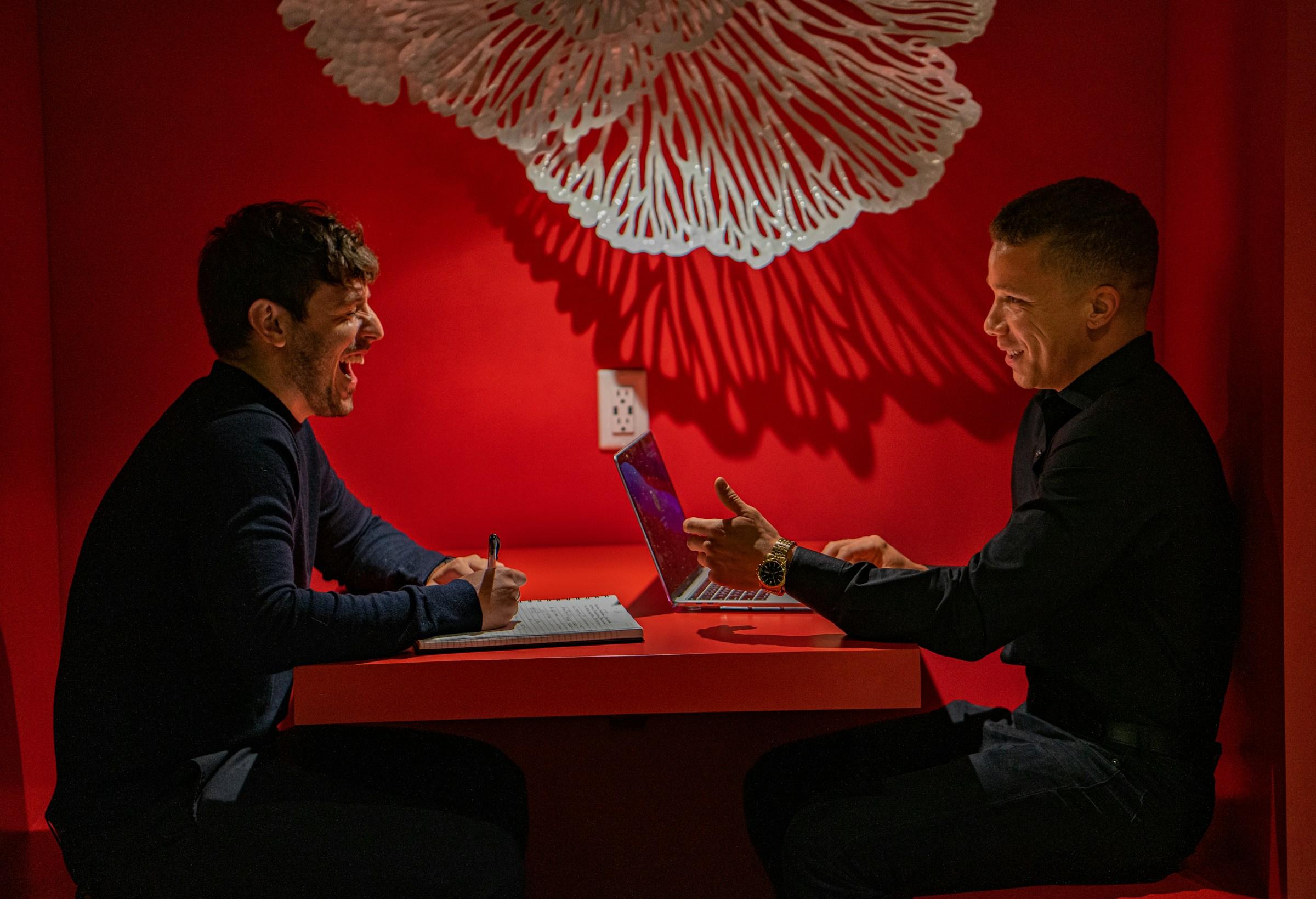Founders often imagine that a famous face will turn a quiet brand into a household name. The promise feels simple. A well known person points at your product, the market pays attention, and sales follow. Reality is more conditional. Celebrity endorsements can shape how consumers notice, trust, and finally act, but the effect depends on fit, timing, and the proof that surrounds the message. When those parts line up, a campaign can move people from curiosity to trial with surprising speed. When they do not, the bright light only exposes weak fundamentals.
At its core, a celebrity deal transfers three assets to a brand. The first is attention, which is the scarce resource every marketer fights for. The second is perceived credibility, which is the borrowed belief that the product is worthy of consideration because someone admired appears to believe in it. The third is social permission to try, which is the subtle nudge that says people like you can say yes. Consumers run a quick mental script when they encounter an endorsement. Do I like this person. Do I believe they use this. Do I think people like me would feel comfortable buying it. If all three answers are positive, awareness lifts, search volume rises, and word of mouth begins to travel. If any single answer is negative, the endorsement becomes talk without traction.
The halo effect is the most seductive part of the promise. Audiences often project traits from the celebrity onto the brand. A figure known for discipline can make a nutrition product feel more rigorous. An actor celebrated for elegance can make a fashion label feel more refined. This halo can even soften price sensitivity for a short time. Yet halos are fragile. If the same face appears in too many unrelated campaigns, the borrowed glow turns into background noise. If public behavior contradicts the traits you intended to borrow, consumers withdraw trust without waiting for a scandal. They simply feel sold to, and modern buyers are quick to disengage when messaging feels forced.
Category fit is where many endorsements succeed or fail. Aspirational categories such as beauty, fashion, sportswear, and entertainment adjacent gadgets often reward association with fame because people purchase identity alongside function. In those spaces, a celebrity can accelerate the leap from interest to action. In contrast, categories that demand deep trust or technical confidence tend to punish the tactic. Healthcare services, enterprise software, and financial tools usually benefit more from expert proof than from star power. The same performer who can sell a sneaker by showing a lifestyle may undermine a cybersecurity product by raising questions about seriousness. Consumers are not confused here. They are applying common sense. A brand that mistakes attention for authority will learn a costly lesson.
Culture and geography shape outcomes as well. In many parts of Southeast Asia and the Gulf, mass celebrities still spark large surges in attention, especially among audiences who grew up with television icons. At the same time, younger buyers who live inside short video platforms often respond more to creators who share specific routines, local dialects, and believable rituals. A niche host with a running series on meal prep may drive more purchases of a kitchen tool than a global star who appears once on a billboard. In markets where family elders influence decisions, long standing presenters still carry cross generational permission, but even there the trust equation is changing. The smart question is not which person is more famous, but whose presence aligns with the way your specific audience discovers and decides.
Founders sometimes confuse internal morale with customer impact. A celebrity can lift team confidence, impress retail partners, and make investors relax. That mood may help a company move faster, but it can also hide broken parts of the journey. A store can look busy while conversion stalls. A social video can light up comments while returns quietly rise. The most dangerous effect of all is borrowed conviction. Teams start believing that the campaign is working because the face is familiar. The discipline to test, measure, and fix weak links fades. When the fee is paid and the flight ends, the numbers reveal the truth.
Saturation is a hidden cost that rarely appears in the pitch deck. A star with many deals is often cheaper per impression because your message shares the calendar with other brands. The same schedule that lowers your fee also dilutes your uniqueness. Consumers do not keep a spreadsheet of endorsements, but they register the feeling of fatigue. If your message lands among a dozen others in the same month, your distinctive claim dissolves into a collage. This is why exclusivity by category matters, as do cooling periods that keep a face from endorsing near substitutes in quick succession. If a partner cannot grant those protections, pay as if you are buying the third slot in a busy queue, because that is what you are doing.
Behind the scenes work often decides whether an endorsement converts. The partner’s team will focus on brand safety, script approval, and rights windows. Your team must mirror that focus with operational readiness. Landing pages need to reflect the creative that drew people in. Customer support must understand the promise being made in the ad so that the first interaction reinforces belief rather than sowing doubt. Checkout flows and return policies must be clean. Retargeting should feel helpful rather than relentless. A graceful trial experience creates stories that customers share for free. A clumsy one teaches people to ignore you the next time they see the same face.
The lifecycle of an endorsement follows a pattern. The first drop is the strongest because novelty is high and curiosity is fresh. The second works only if new proof appears, such as demonstrations in realistic settings or behind the scenes glimpses that feel human rather than staged. The third shifts the audience from curiosity to loyalty only if the product earns advocacy on its own. This is the decisive point. If loyalty depends on the next flight of paid attention, you are renting momentum rather than building it. The way to hedge that risk is to capture creative assets that live beyond the initial burst. Thoughtful footage, founder conversations, and simple walkthroughs can extend the value of the spend while anchoring the story in real use.
Measurement prevents self deception. Awareness lifts and video views are surface indicators. The deeper signals are branded search share, aided recall by cohort, improvements in price realization, and downstream behavior such as repeat purchase without heavy discounting. If you cannot hold price after a celebrity wave, you may have bought attention that trained buyers to wait for a promotion. Real influence shows up as faster trust, cleaner trials, and steady retention at fair margins. Anything else is noise dressed as progress.
Risk management belongs in the conversation from the first meeting. Reputations change. If your brand would suffer material harm from a headline about your ambassador, think twice before you sign. If you proceed, build safeguards. Morals clauses should be specific and enforceable. Crisis plans should be written when tempers are cool rather than improvised after a surprise. Your brand voice should have enough substance to speak on its own if the partner steps back. If your identity cannot stand without the star, the endorsement has become a crutch, not a lever.
There is also a strategic choice between a celebrity and a creator. A celebrity provides reach and symbolic status. A creator offers specificity and community. Early stage brands that are still learning the language of their buyers often gain more from creators who respond to comments, iterate formats, and reveal which rituals actually move the needle. Mature brands that already know their voice may use a celebrity to open doors with distributors, retailers, or new regions where a known name creates immediate legitimacy. Many teams default to the celebrity because the decision is easier to explain in a boardroom. The harder conversation is the one that admits the company must get closer to the customer before it turns up the volume.
Incentive alignment is the final piece that converts hope into discipline. A fixed fee arrangement places all performance risk on the brand. Where possible, link a meaningful part of compensation to outcomes such as qualified sign ups, completed trials, or repeat purchases over a defined window. Structured well, this does more than protect the budget. It changes behavior. A partner who stands to benefit from retention will agree to creative that shows the second week of use, not just the first unboxing. They will favor scenes that demonstrate the job your product actually does, rather than studio polish that fades after a single viewing.
The practical way to decide whether to pursue an endorsement is to ask two plain questions. What does a new buyer need to believe to try this once. What do they need to experience to come back. If a partner can credibly unlock the first belief for your exact audience, and if your product already delivers the second on ordinary days, a limited test makes sense. Design that test so that you would still be proud of the spend if the famous face disappeared tomorrow. If you are hoping the partner can compensate for a weak product or an untidy journey, do not sign. No one can carry a rough trial across multiple impressions in a world where comparison is instant and switching is easy.
Celebrity endorsements affect consumers by reshaping attention and nudging permission. They can quicken choices when the message aligns with existing desire and when the proof is easy to find at the moment of interest. They can also create costly illusions of progress when teams mistake visibility for persuasion. The craft is not in borrowing fame. The craft is in using a brief window of spotlight to reveal believable use, smooth the first step, and set up a story that customers keep telling without a contract. If you build that system first, the right partner can amplify what already works. If you skip that work, the brightest campaign will fade as quickly as it arrived.










.jpg&w=3840&q=75)

.jpg&w=3840&q=75)


